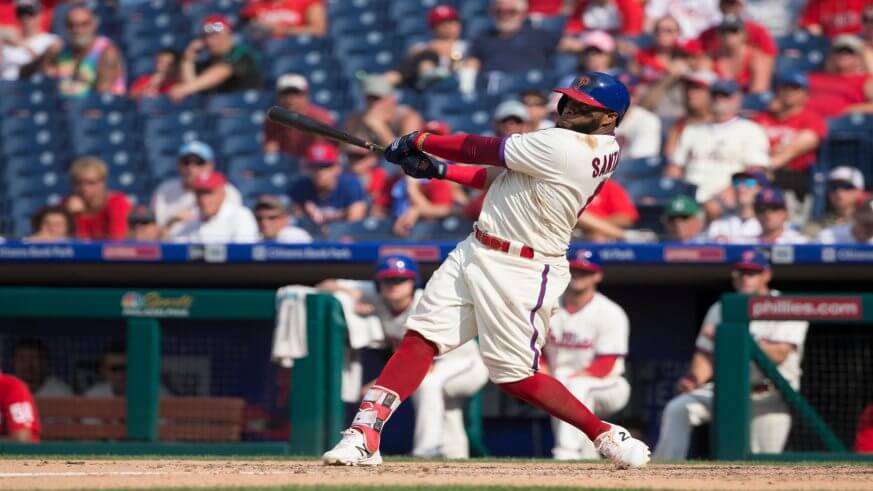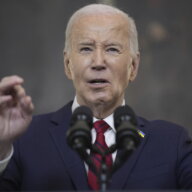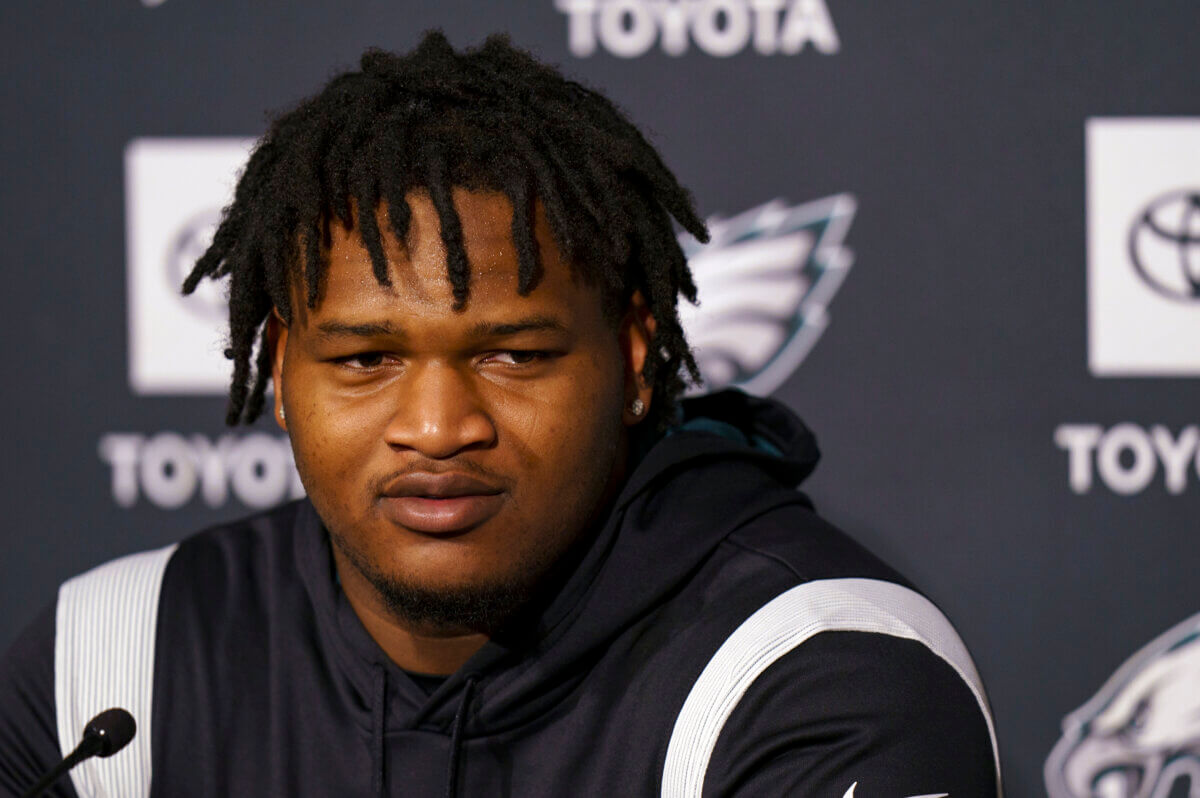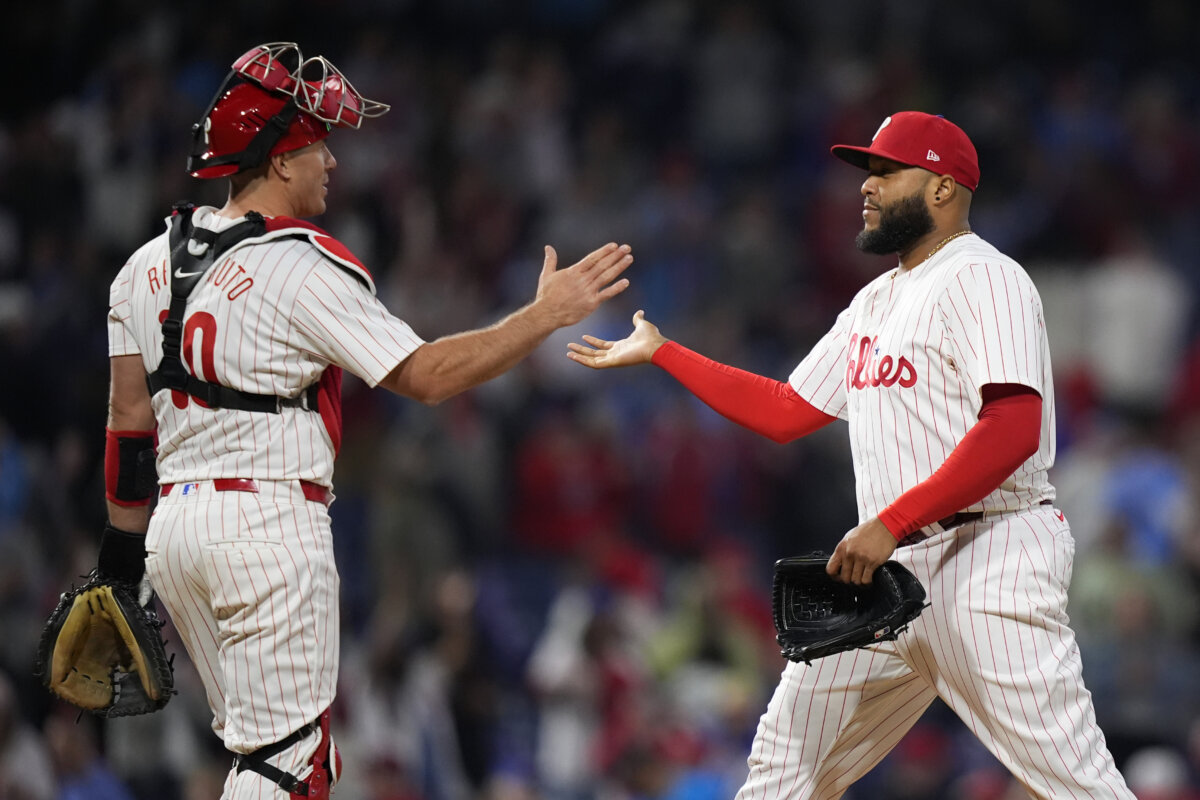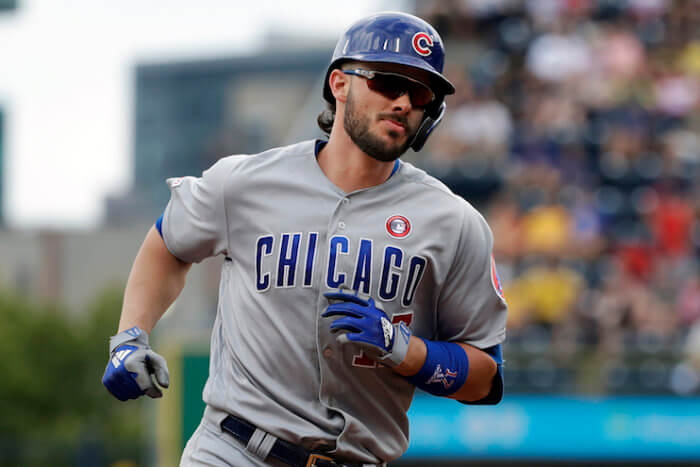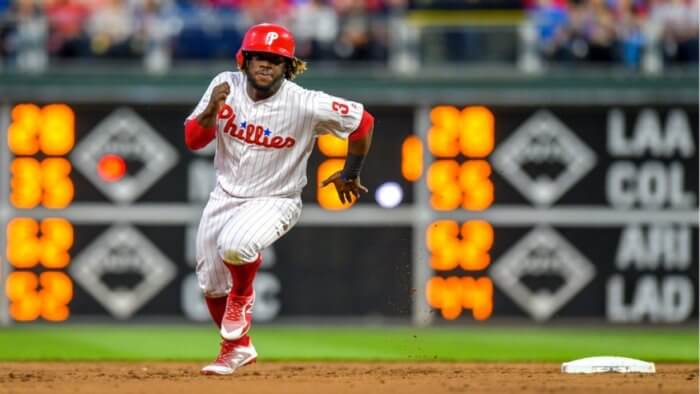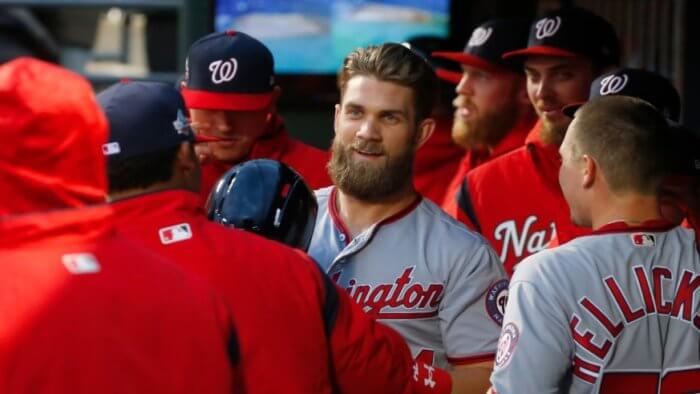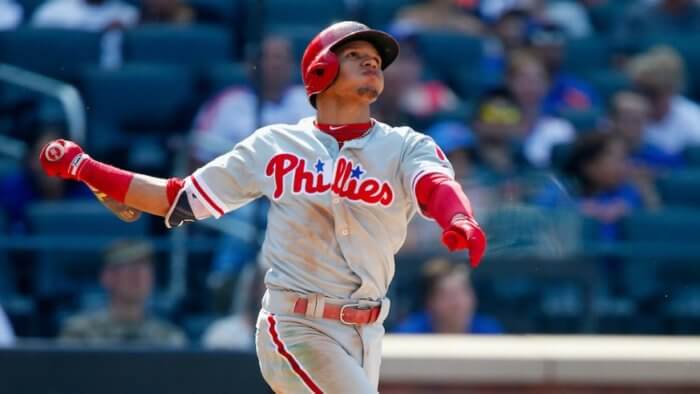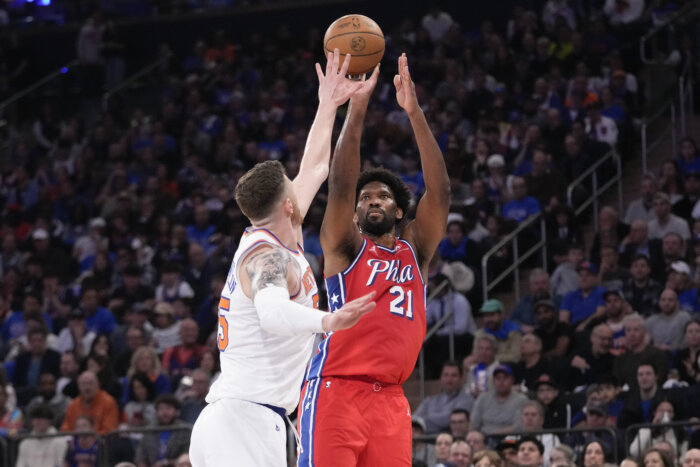Can we be honest about Carlos Santana?
The Phillies high-priced first baseman has prompted our town’s most divisive debate since “The Process,” with the argument falling along the same division of old-school fans vs. devotees of analytics.
The peanut-and-beer brigade looks at Santana’s .215 batting average, his plodding speed and inconsistent defense (his eight errors tie for most among MLB first baseman) and concludes GM Matt Klentak was high on eggnog last December when he signed Santana to a three-year, $60 million deal.
But the calculus crowd pores over the ledger sheet and discovers other, wondrous numbers. They boast of Santana’s .352 OBP and gasp at his ratio of 88 walks to 71 Ks.
They also marvel that he sees 4.21 pitches per at-bat, explaining that his patient approach – now manager Gabe Kapler’s team approach – wears out opposing pitchers, creating more chances for the Phils.
That last argument might be persuasive if this team didn’t rank last among NL contenders in runs scored. These days, tiring out opposing starters mostly means inviting in bullpens stocked with 95-mph flamethrowers.
As usual, the truth lies in between. Santana is not a free-agent bust of Gregg Jeffries proportions, but he’s a far cry from the production we saw from Jim Thome and Ryan Howard in recent decades.
His current season most closely mirrors the 2001 campaign of much-maligned first baseman Travis Lee. If you doubt me, look up the stats.
On the one hand, Carlos Santana is on pace for 91 RBIs – not special, but not bad. On the other hand, his .396 slugging percentage ranks 96th among NL hitters with 200-plus plate appearances – behind slap hitters like Ketel Marte and Kurt Suzuki.
As we noted, he walks. A lot. But having a slow-footed first baseman who walks is like having a clunker of a car with a great sound system. It’s not really the priority. It would help if Santana swung more with runners aboard. Or if his ability to get on base was supplemented by more speed than your average Roomba.
Santana’s defense at first base is middling, but there’s another factor here. Bringing him in pushed incumbent Rhys Hoskins to left field. As a first baseman, Hoskins was passable. As a left fielder, he plays like he’s got pitchforks for hands and cinder blocks for feet.
Here’s the bottom-line number: Now 117 games into the season, Santana’s OPS-plus (which measures a player’s offensive production relative to his home ballpark) stands at 100. As every seam head knows, that means he is an average player. Exactly average.
What the stats don’t measure is Carlos Santana’s leadership role. No doubt he’s a mature veteran presence. He’s been to the postseason three times. Phils insiders love to speak of his positive impact toward Maikel Franco’s resurgence this season.
All of that becomes critical over the next six weeks of the pennant race. The Phils have seven more games against Atlanta and nine against desperate Washington.
Coming off a 2-4 Western swing, they must wrestle the incredible Red Sox at home this week. After that, they get the putrid Mets, but Jacob deGrom and Noah Syndergaard are anything by easy wins.
This is where Santana can prove his value. Big-time players rise to the moment. The Phils need Carlos Santana to get the bat off his shoulder and deliver key hits down the stretch. He and pitcher Jake Arrieta were signed to lead the youngsters in these pressure-packed games.
A few late-season heroics and we can all stop debating.



